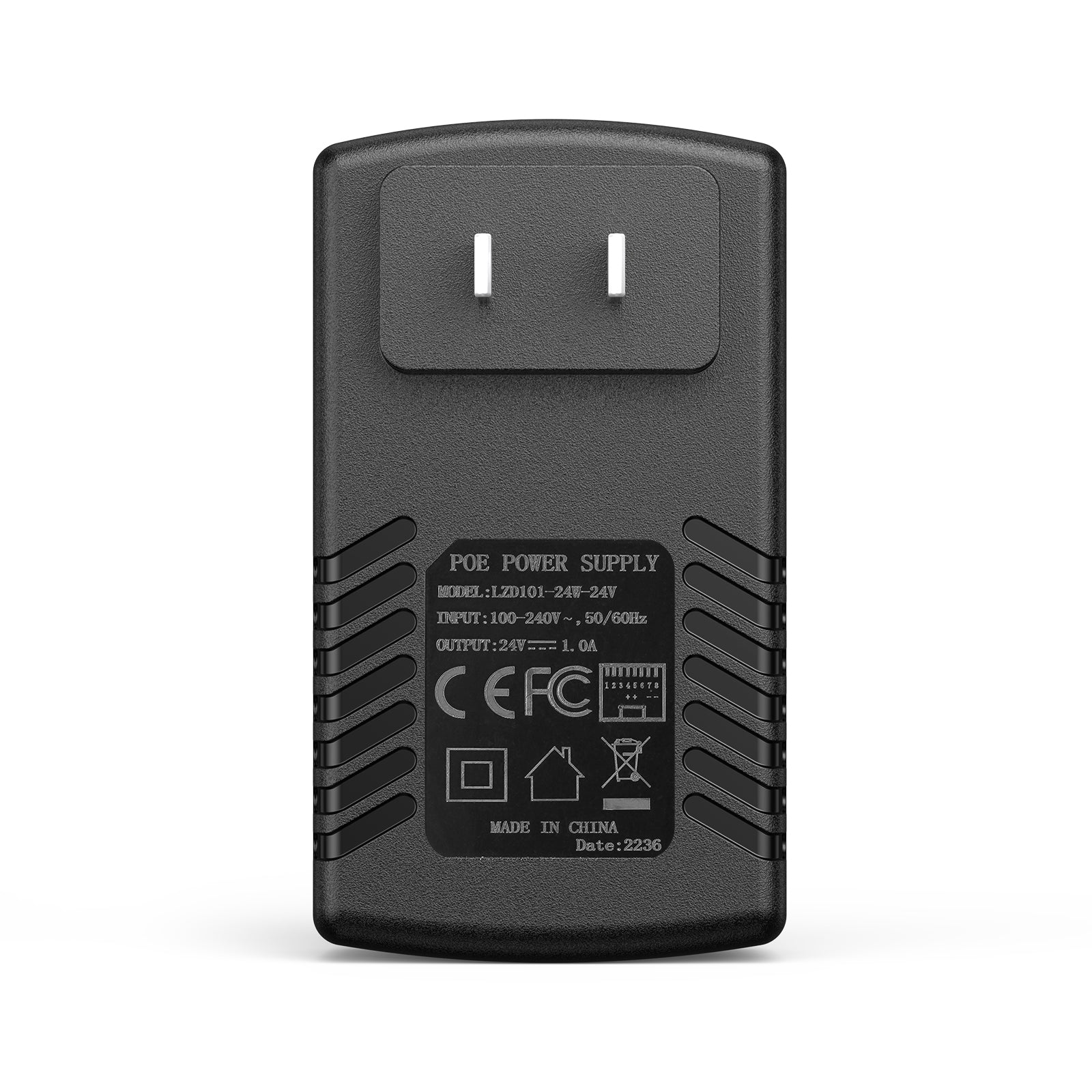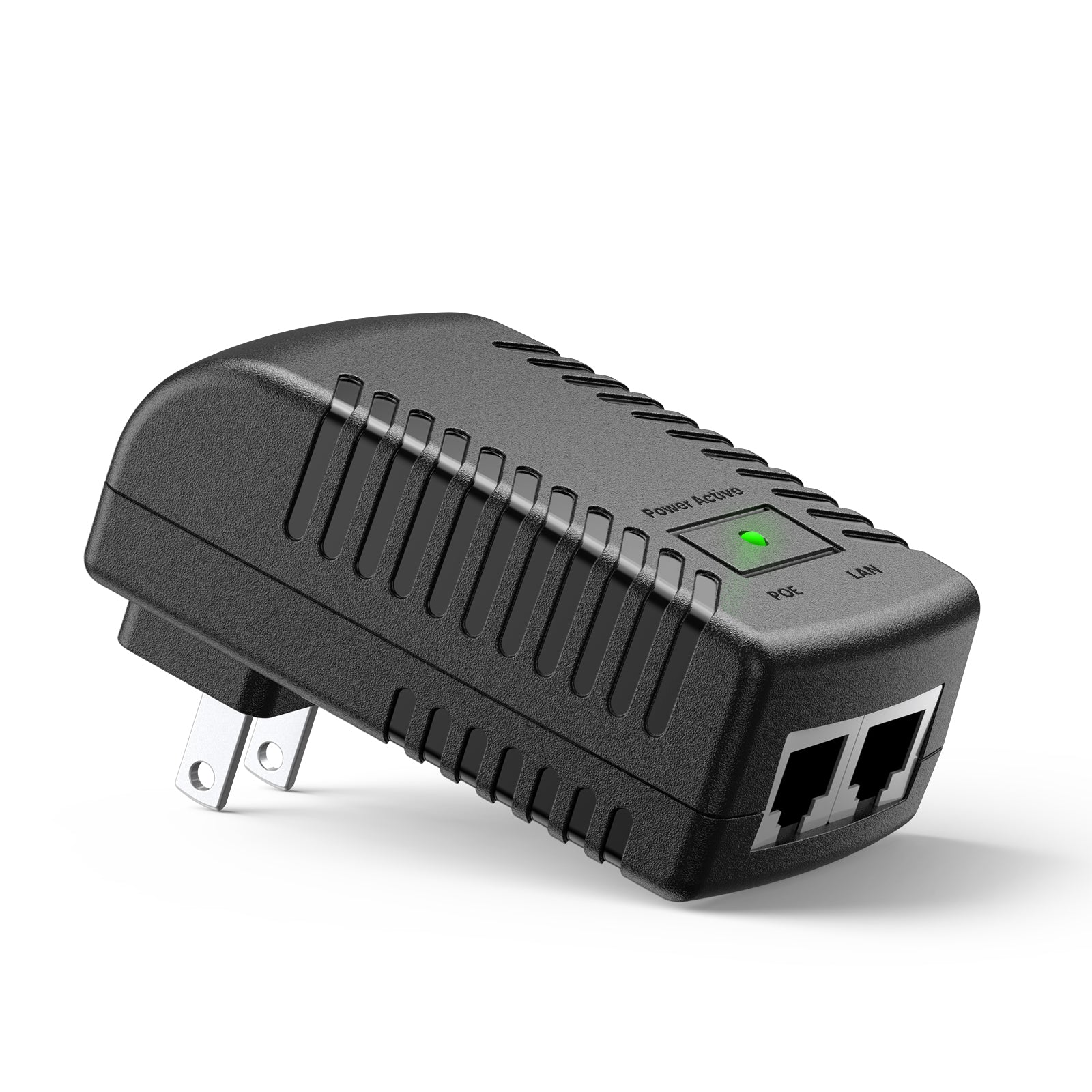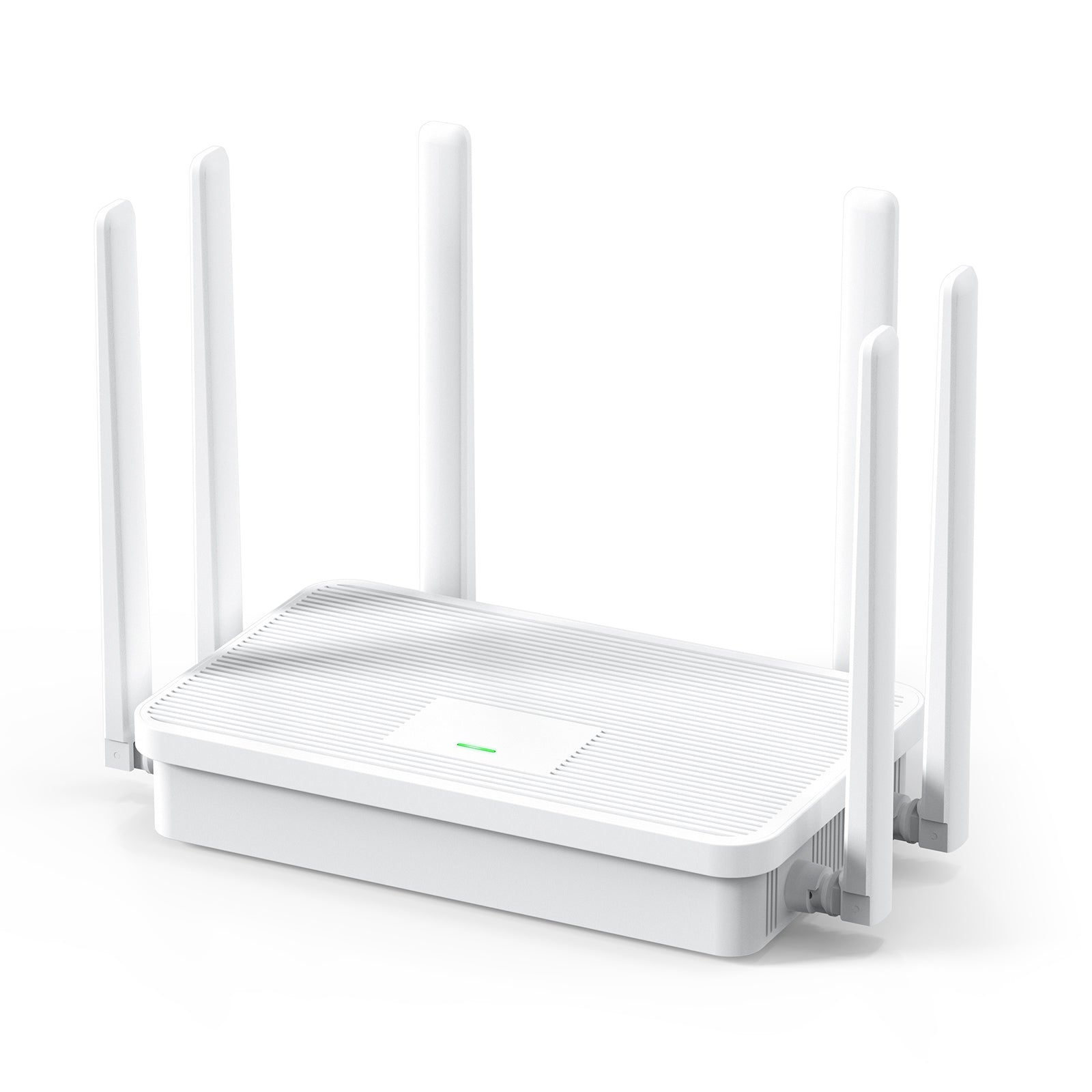Understanding the Need for Long Range Wireless Solutions in America
The Digital Divide: Bridging Rural and Urban Connectivity
In the United States, some areas still lack high-speed internet. This is the 'digital divide'. It affects both rural and city folks. Many can't access online education, health services, or work from home. Wireless bridges can help. They can connect far places without cables. This technology bridges gaps, both online and in real life. It helps folks stay in touch and grow their skills. Long range wireless solutions are key to fixing this divide.

Long Range Wireless Bridges: Empowering Businesses and Communities
Long range wireless bridges are key for US growth. They connect remote areas to cities. This helps all kinds of US businesses and communities. Farms, schools, and clinics gain from better internet. People can do more work and learn online. This tech is making life better across the US.
The Role of Technology in Enhancing Lifestyle and Productivity
As technology evolves, lifestyles and productivity are also on the rise. Long Range Wireless Bridges (LRWBs) play a key role here. These bridges improve internet access and help both rural and urban areas stay connected. Better connectivity boosts work-from-home jobs and online learning. This, in turn, helps the economy and quality of life. Fast, stable networks allow for smarter homes and cities. They support better healthcare through telemedicine. They also let IoT devices work better in our daily lives. In short, LRWBs are vital for the tech-driven life we enjoy in the US today.
Innovations in Long Range Wireless Bridge Technology
The Evolution of Wi-Fi and Li-Fi Standards
The evolution of Wi-Fi and Li-Fi standards is a key factor in the cutting-edge sector of long range wireless bridges. Over the years, Wi-Fi technology has seen significant enhancements. From the early days of 802.11 standards to the latest Wi-Fi 6E, the speed, range, and capacity have greatly improved. This progress has reduced latency and boosted the performance of outdoor wireless bridges.
Li-Fi, a newer technology, uses light to transmit data and could transform how we connect across distances. While still in its developmental stages, Li-Fi promises higher speeds and enhanced security compared to Wi-Fi. It is also less prone to interference and can function in areas that are challenging for traditional Wi-Fi signals.
Together, these standards are shaping the future of wireless communication. They empower businesses and remote communities with reliable and efficient connectivity options. As such, they play a vital part in the ongoing innovations in long range wireless bridge technology, ensuring that the digital divide can be bridged more effectively.
Advancements in Mesh Networking and IoT
The field of mesh networking has grown significantly. It allows devices to connect without a central point. This is ideal for vast areas in America. Mesh networks are self-healing. If one link fails, data reroutes through another. This makes them reliable. The Internet of Things (IoT) is also advancing. More devices connect wirelessly, sharing data seamlessly. Together, mesh and IoT advance long range connectivity. They help in remote monitoring and smart applications across the US.
The Impact of AI and Machine Learning on Wireless Infrastructure
The integration of AI and machine learning is reshaping long range wireless infrastructure.
- Self-Optimizing Networks: AI enables wireless systems to adapt in real time. They can optimize signal quality and manage traffic efficiently. This is crucial for maintaining reliable connections over long distances.
- Predictive Maintenance: Machine learning predicts when hardware might fail. This helps in scheduling maintenance before an issue disrupts service.
- Enhanced Security: AI algorithms can detect unusual network activity. This leads to a faster response to security threats. It keeps wireless bridges safe from cyber attacks.
These advancements ensure that wireless bridges support high demands. They help in providing stable and secure internet in all conditions. Both AI and machine learning are key to future wireless technologies. They offer smarter, more adaptive networks to users across America.
Navigating Regulations and Best Practices in Wireless Implementation
Complying with FCC Regulations for Wireless Devices
Setting up long range wireless bridges in the US requires FCC compliance. The FCC sets rules to manage radio frequency use. Devices must not cause harmful interference. They should also not exceed power limits set by the FCC. This ensures a fair use of airwaves for everyone. To comply, manufacturers must test and certify their equipment. Users must also follow FCC guidelines for installation and operation. This protects consumers and maintains network integrity. Adhering to these regulations is essential for legal and efficient wireless setup.
Strategies for Selecting and Deploying Long Range Wireless Bridges
When choosing and setting up long range wireless bridges, keep these tips in mind:
- Assess the Area: Consider distance, terrain, and obstacles. Look for clear paths.
- Check Compatibility: Ensure devices match your network's specs for smooth operation.
- Review Capacity: Pick bridges that can handle your data needs now and in future.
- Go for Quality: Choose reputable brands with strong support and warranties.
- Consider Weather: Opt for outdoor CPEs designed to withstand harsh climates.
- Plan for Growth: Think ahead. Your wireless setup should scale as you expand.
By following these strategies, you’ll set a solid foundation for your wireless network.
Ensuring Security and Integrity of Wireless Networks
Ensuring the security and integrity of wireless networks is key in the US. It protects data and keeps users safe. As technology grows, so do threats. But there are steps we can take to shield our networks. First, using strong, complex passwords is a must. Next, we have to update firmware regularly. This blocks new cyber threats. Also, we should encrypt our data for another layer of safety. Finally, real-time monitoring can spot unusual activity. This prevents breaches before they happen. By following these tips, we make our wireless links secure and reliable.


















